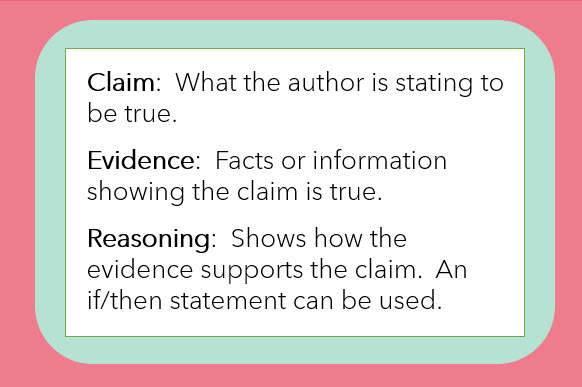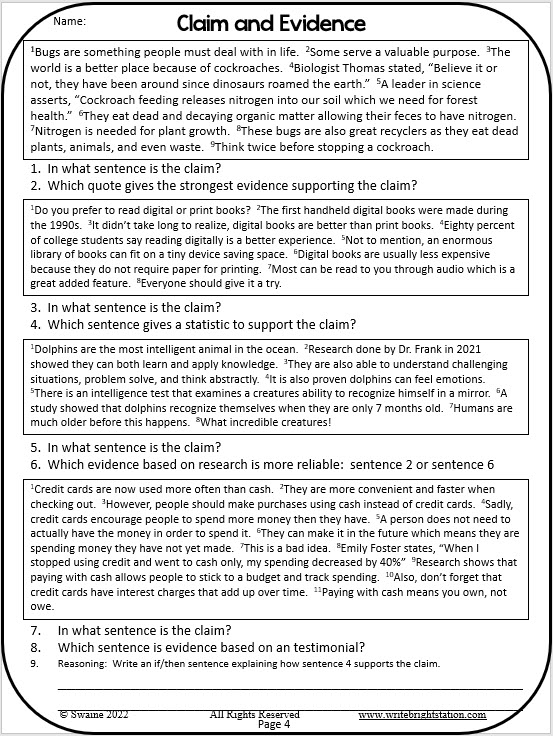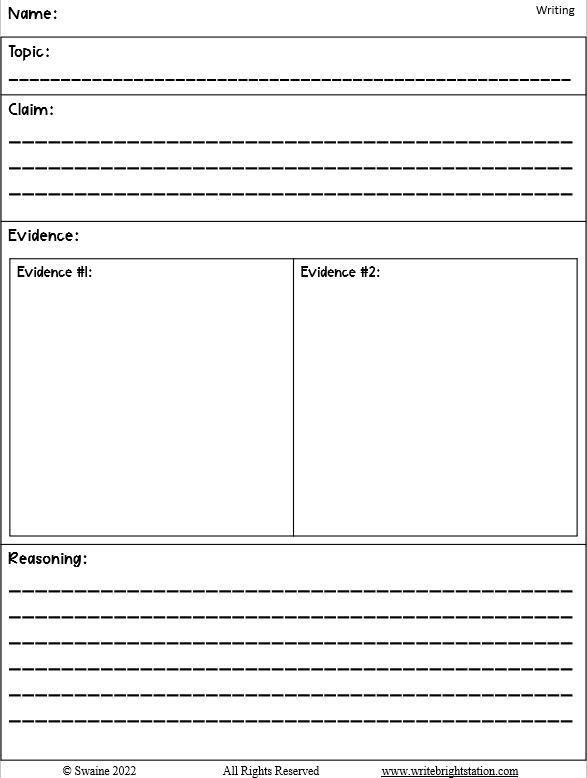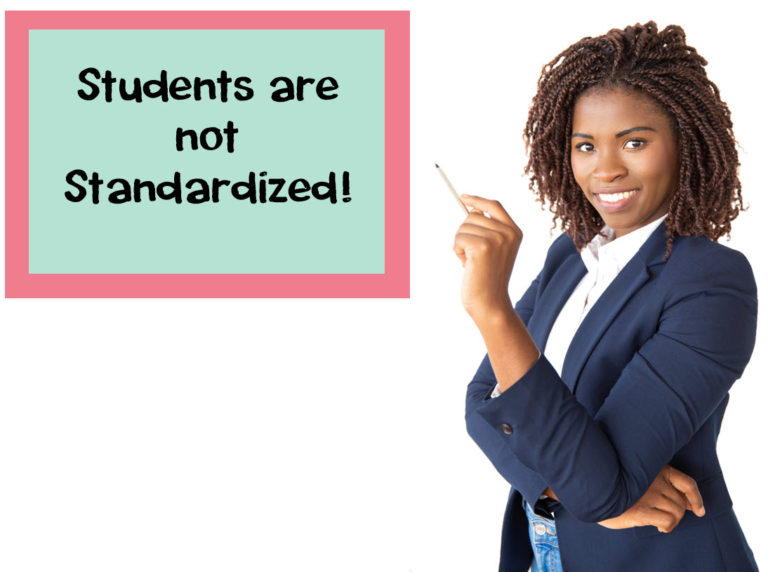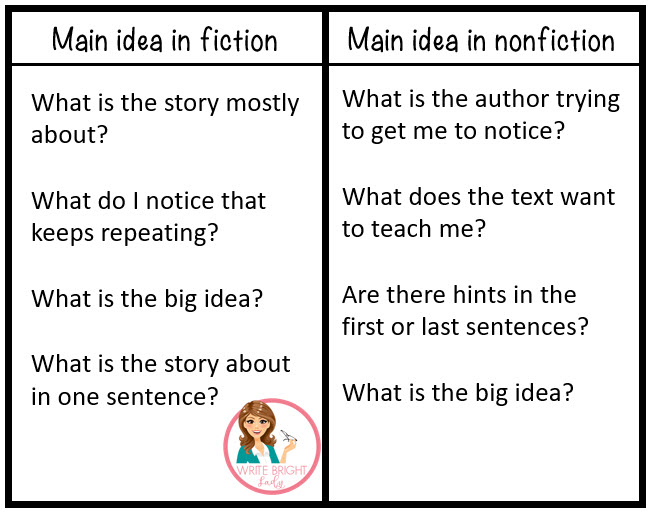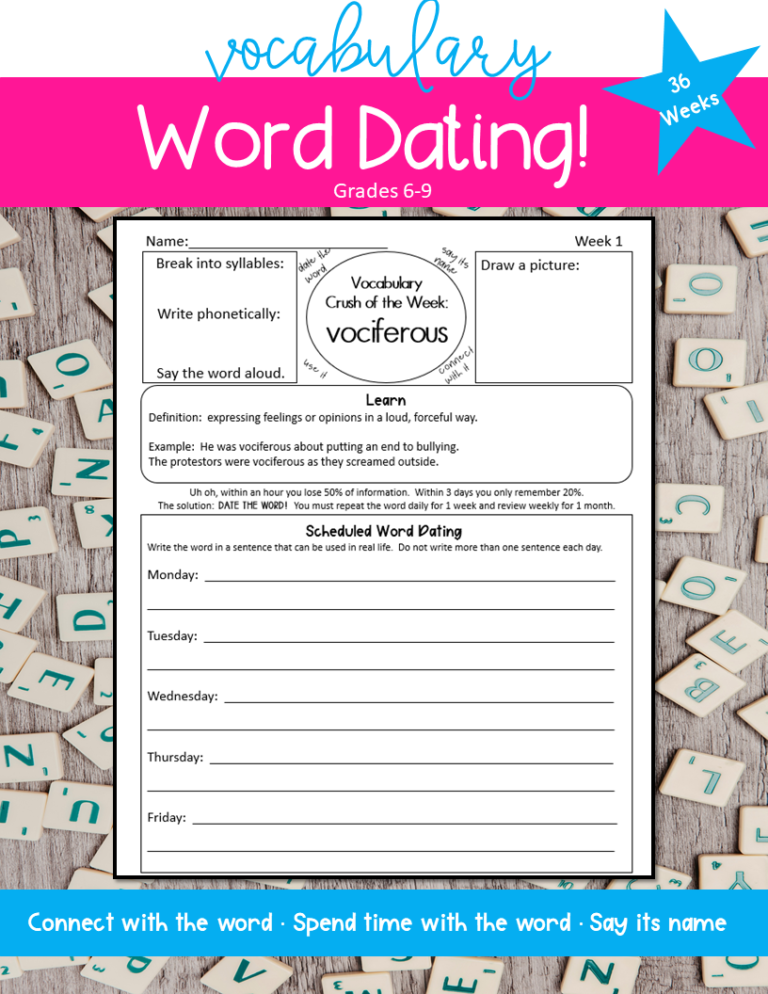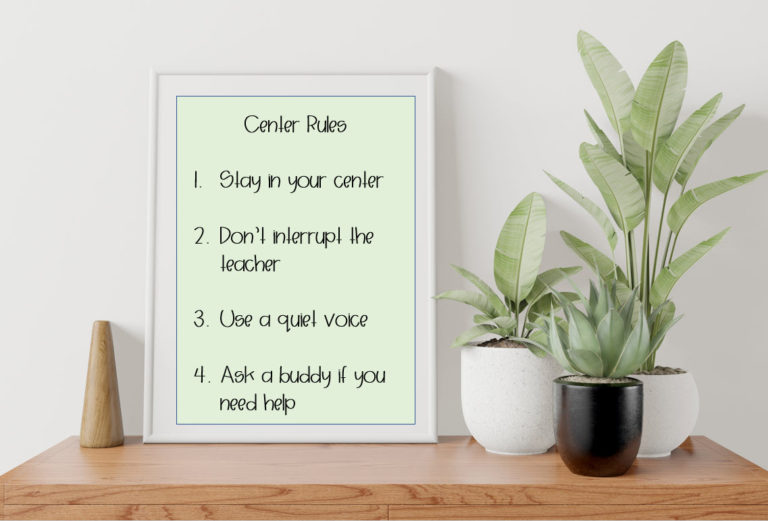Evidence Claim Reasoning in an ELA classroom
Evidence claim reasoning, claim evidence reasoning, reasoning evidence claim…why is this blog post not putting them in order? Ya’ll, I had to mix it up to even have a chance at ranking high enough for you to see this article. That is what happens if you are a nobody.
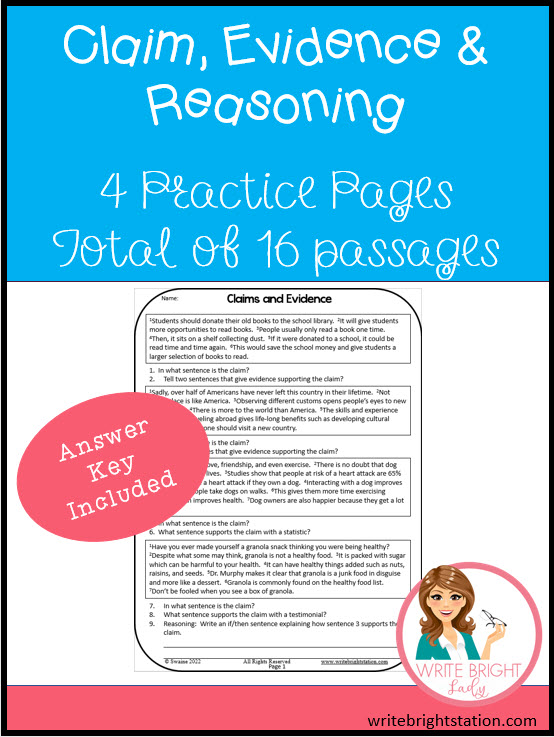
What in the hullabaloo is C-E-R framework (claim, evidence, reasoning)? Let’s break it down. I will even give a claim evidence reasoning example or quite possible claim evidence reasoning examples as well as a claim evidence reasoning template for each subject area for free.
Claim Evidence Reasoning Examples in Reading Instruction
Claim, evidence, reasoning is used in reading. When students are able to identify it in texts, they easily transfer this knowledge to their writing. You will see C-E-R in your standards. Let’s begin with using this approach in reading as an ELA activity. Analyzing a passage can help students better understand a text. Through close reading, students can learn the elements of evidence-based claims.
This process of identifying C-E-R works well for argumentative or persuasive genres, as well as research-based texts. Normally, you would not use claim, evidence, reasoning with narrative passages, but it is possible. Let’s explore an example of this:
Claim evidence reasoning example: Did you hear the latest news? Mrs. Taylor’s cat went missing. Well, I know what happened. Mr. Peter’s dog killed the cat. Let me explain. I was taking a walk down my neighborhood street when I saw something unusual. Mr. Peter’s dog was burying something next to the sidewalk. “Hi there Olly,” I said as I passed. Taking another look, I saw that he was burying a pink collar. I walked a bit further and saw a piece of paper blowing on the telephone pole. It said, “Cat Missing.” The cat on the missing poster was wearing a pink collar. It doesn’t take a rocket scientist to put together the pieces of this puzzle.
Claim: Mr. Peter’s dog killed the cat.
Evidence: The cat on the missing poster was wearing a pink collar. Olly was burying a pink collar.
Reasoning: A cat was missing what had a pink collar. Olly had this collar and was trying to hide it. Olly killed the cat and was getting rid of the evidence.
Claim Evidence Reading Examples in Writing Instruction
Let’s face it, students know how to argue, so let’s put it to good use by having them write an argument. Begin by teaching them the parts of a good argument: claim-evidence-reasoning. These can be abstract, so students must learn to identify them. This is what is done with reading passages. If your students learned the concepts in reading, they can transfer this knowledge over to their own essays.
Hook your students’ interest by giving them a visual.
“Writing an argument is taking a toddler on a car ride. The claim is putting them in the car seat. Evidence is putting one arm in a strap. Reasoning is putting on the other strap. Restating the claim at the end is like snapping it all together. If you forget a step, that toddler is coming out of the car seat.”
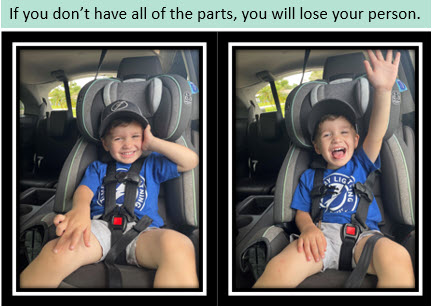
Get them moving!
You can have students act out the parts. Claim they can sit down. Evidence they motion putting on the first strap. Reasoning the second strap. Repeating the claim at the end they snap it all together yelling “snap!” Do the motions as they share their paragraph. If they miss a step fall off the chair making a dramatic scene for them to enjoy. Then talk about what made you fall and let them try again. You can take it even further with weak evidence being paper straps that will break and strong evidence being thickly woven straps that can’t be torn.
This is a great video for your students. The young boy is making a claim that kids need recess. Give them a graphic organizer and have them identify the claim, evidence (only a few b/c he gives a lot), and reasoning.
CER Across the Curriculum
C-E-R works in every subject area. Identifying these in a text, using them to create an essay, or answer a science/social studies question all have a place for the claim, evidence, reasoning model. Anchor charts and graphic organizers are easy to find online.
In math, students can use C-E-R to approach word problems. It helps them think through the problem and how they answer it. For example: What is the question being asked. The Claim is the student’s answer. Evidence is how they did the math. Reasoning is why they did it this way. When using a graphic organizer begin by practicing with students, then in groups, and finally release them to try it on their own.
In science, claim, evidence, and reasoning is used a lot. After students are given a question or observation they must make a claim (aka hypothesis), provide evidence to support it, and explain their reasoning.
Here is a set of free posters. Here are a few other free graphic organizers.
So where do you find all of these writing lessons. Well, there are programs schools can purchase such as Write Bright or teachers can collect writing lessons as they find them. HERE are some more that are free and ready to use for both source and prompt writing.

